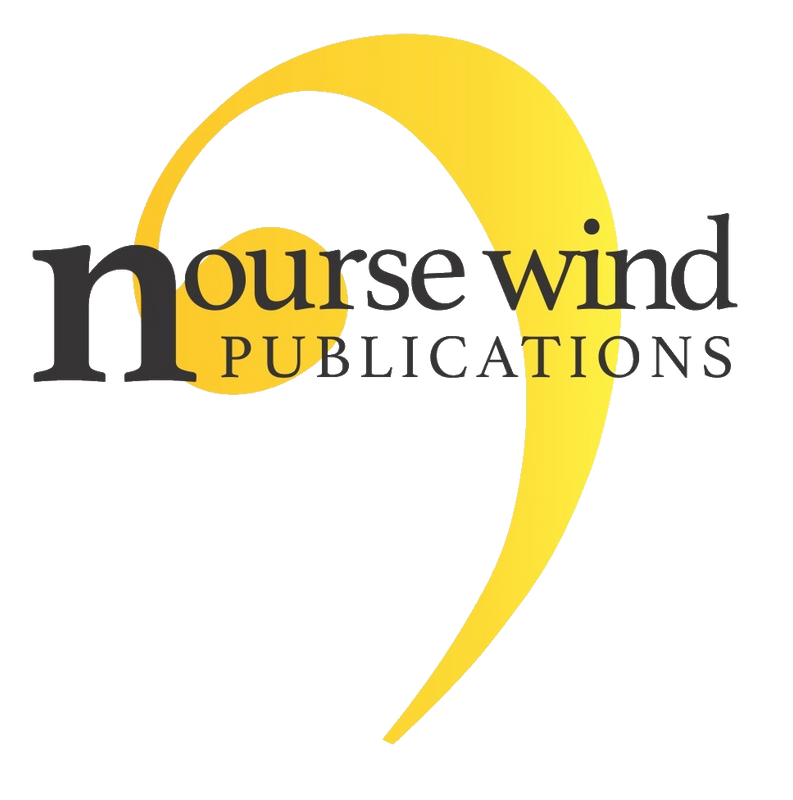Schoeters - Cosmopolydian for Flute and Vibraphone - CM7397EM
Nico Schoeters took his first percussion lessons with Eric Buyle in the “Academy for Music and Word” in Boom, near Antwerp, after getting the hang of it through private lessons by Jozef Vervliet. Afterwards he continued his music studies at the Royal Conservatory of Antwerp, where he was taught by Leo Ouderits, Carlo Willems and Koen Wilmaers. In 1998 he graduated there with great distinction as Master in percussion. After cooperating on various projects in Belgium and abroad as a freelance percussionist, Nico took up a position as a percussionist in the National Orchestra of Belgium. However, despite of all his achievements as a percussionist, Nico Schoeters didn’t take his first musical steps by playing percussion, but by playing the piano. His love for the piano remained a common thread in his musical career. For example, he played numerous gigs as a pianist with his jazz quartet ‘Just Friends”, consisting of a number of top musicians who are his friends. In addition he started composing piano works in 2012.
"Cosmopolydian" is my first composition for symphonic windband. It's a solo piece for flute and vibraphone which is dedicated to Inge Smedts, principal piccolo at the Royal Wind Band of the Belgian Guides. It is written in the context of a musical project ‘Cocktail Maison'. This project includes a concert on May 25th, 2017 in De Singel in Antwerp where this work will be premiered, a CD recording and a concert tour. All the pieces for this project are new compositions by Piet Swerts, Jef Neve, Klaas Coulembier, Etienne Houben, Bart Watté, Jan Huylebroeck, Francois Glorieux and myself. All the compositions are inspired by a cocktail. My choice is the Cosmopolitan, but the non-alcoholic version, the mocktail actually. The title "Cosmopolydian" is a nod to the lydian scale which I used as a base for the majority of the piece. The idea behind the music is an image of children enjoying themselves, worry-free, during the holidays. Tired but satisfied, they go to sleep and have wonderful dreams. The next day they wake up to start a beautiful new day. The work is constructed in a typical ABA form. A quick first part: ‘sparkling allegro', which of course should sound very light and playful. A slow middle part "warm adagio", in which the beautiful dreams become audible. The last part is a re-exposition of the first part in which eventually all the themes merge into the final.














